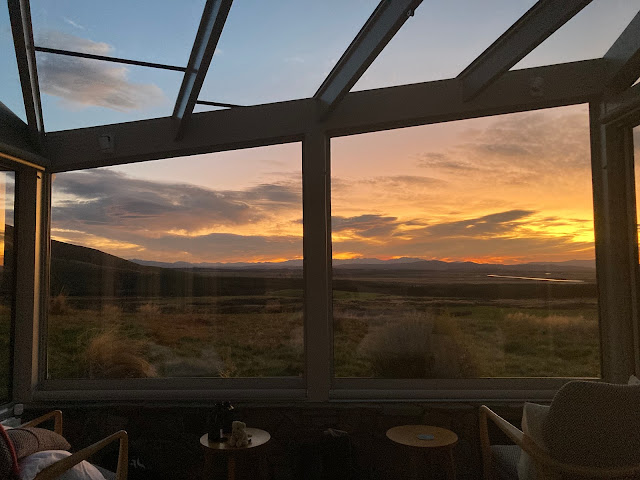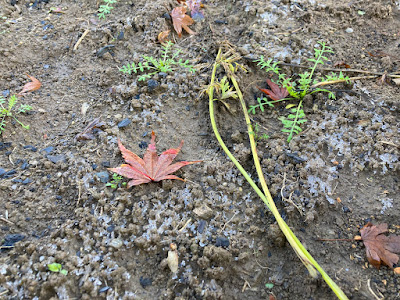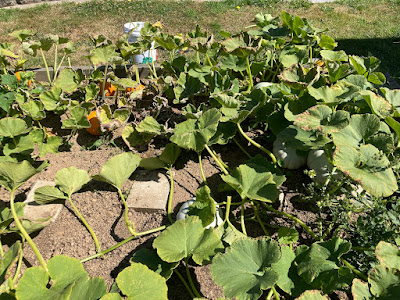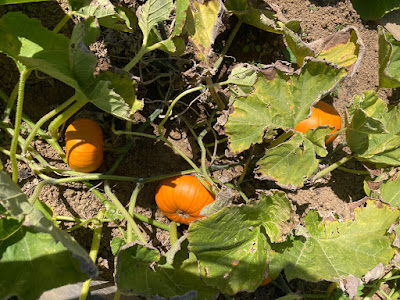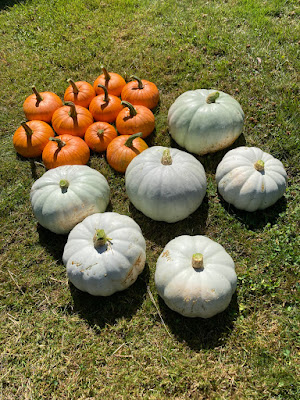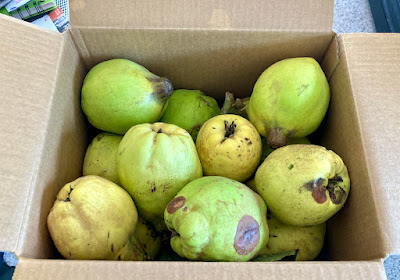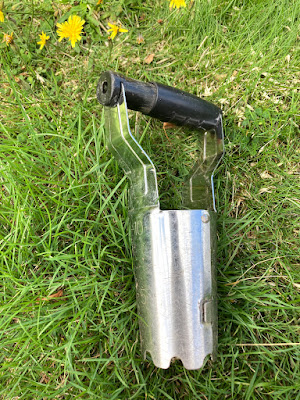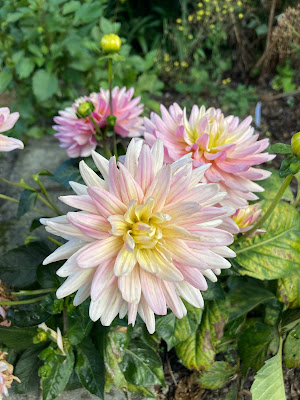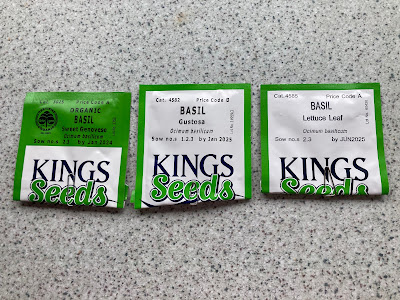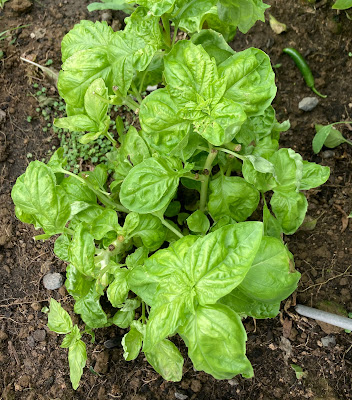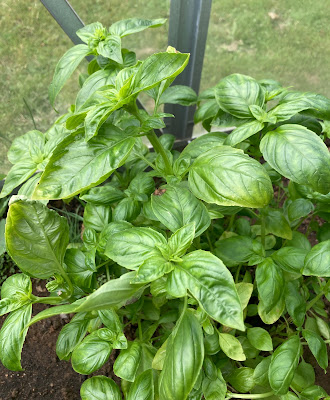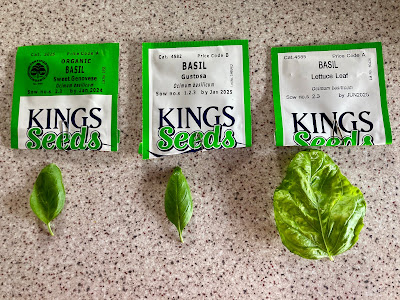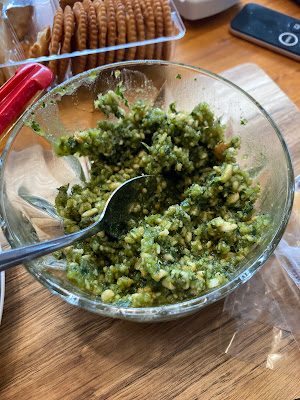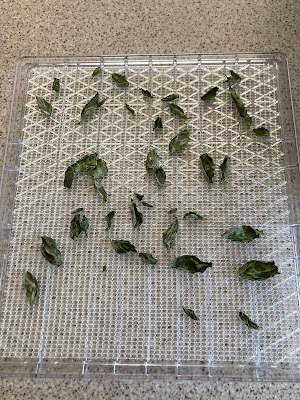Hello friends,
Recently it was hubby and my wedding anniversary. It was a big anniversary, the type of one that has precious metal connotations with it.
It's hard to believe it's been 25 years. Hubby and I met in university, back when I was a biochemistry honors student, and he was in 3rd year computer science. We met through a mutual friend, and then over time we became best friends, and then we started dating after falling in love. After a couple of years, we got married, and life has been busy ever since.
We decided for our 25th wedding anniversary we wanted to do something very special, and since I have developed a very large fear of flying (thanks to living in Wellington), we decided to stay somewhere within driving distance.
A number of months earlier I had spotted an Instagram ad for a place in the Mackenzie region called SkyScape. It's a luxury eco-accomodation nestled within tussocks and hillside of Omahau Hill Station. Once I showed hubby that we could have an opportunity to sleep under the stars within the dark sky reserve, similar to places like Finland and Iceland, we booked our stay.
The day before our anniversary we drove from Dunedin to just outside of Twizel, where SkyScape is based. The three SkyScape units are nestled in the hills on a working farm just before the mountain called The Pyramid. Each of the units are far away from each other, ensuring privacy and peace. After settling in, enjoying the central heating on the cool autumnal day, and cooking a delicious meal, we eagerly awaited nightfall.
We were extra excited because my phone had been pinging me all day about there being a huge aurora. A KP8 aurora was happening, and we hoped and prayed it would last until I could photograph it. As a keen amateur astro-photographer I had brought all my gear, it was a great chance to do some photography. We prepped my camera gear, got out all our winter clothes and hiking boots, and waited...
And oh wow, it was just wonderful, the aurora was huge and big and bright. While taking photos hubby and I witnessed arcs, bands, and rays, all visible to the naked eye.
The aurora was so beautiful and magnificent, it didn't really bother us that it was freezing outside. We stood outside taking photos for a couple of hours, and then once the aurora had begun to disappear, we retreated back to the cozy warmth of our SkyScape unit, and looked up at the milky way through the glass roof above us.
It was very special to be going to bed and sleeping under the stars, I actually found the whole experience very relaxing during the night whenever I woke up. The next morning, our wedding anniversary, the sun peeked out over the horizon, and we were treated to the most amazing sunrise from the comfiness of our warm bed.
The next few days were quiet and restful, since I was recovering from surgery, and then an infection afterward. We relaxed, read books, I did knitting and cross stitch, and we ate lots of good food. Hubby went for walks on the farm tracks, since I wasn't allowed to be doing that much exercise yet, and he also enjoyed SkyScape's outdoor tub as he soaked under the stars. I'd downloaded TV shows and movies on Netflix and Disney+ on my iPad before we left home, since I knew there was no TV available, and we ate popcorn and snuggled up as we watched shows on my small iPad.
We also went into town for supplies, and to walk around, and we found the most amazing bookstore in Twizel called The Twizel Bookshop. The bookstore is tiny, but the owner has the most amazing taste in books. I walked away with a pile of books I'd been wanting for ages, but couldn't find them easily in our local bookstores. They had a great selection of science, gardening, fantasy, and science fiction books for both children and adults, and I'll definitely order from them online in the future.
While we were also in town, I found this amazing giftware store, and I just had to come home with a bee themed mug called "Bee Happy". It got added to my huge mug collection that hubby groans about at every time he opens the kitchen cupboard.
On our last night we went into Twizel for dinner, and came across the institution that is Twizel's Chippery. We waited for our order in the car since it was already getting cool, and drove to a scenic spot to eat dinner while the sun was going down behind the mountains. We headed back to SkyScape very soon after that, a frost was due, and we wanted to return while it was light enough to easily drive the long farm track to the unit.
The next day, we left SkyScape and Twizel, happy and relaxed, and we headed north for the next part of our adventure, visiting Aoraki, and then onto Lake Tekapo.
I hope you've enjoyed hearing about our adventure, if you ever get the opportunity to go to somewhere like SkyScape, I thoroughly recommend it. Our hosts were friendly and knowledgeable, and their units are wonderful to stay in. The units were designed to keep warm in winter, and cool in summer, and are solar powered. Water is supplied by a local spring. I really enjoyed their continental breakfasts while we stayed there.
Have a wonderful day
Julie-Ann






